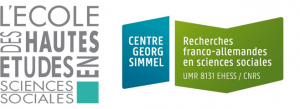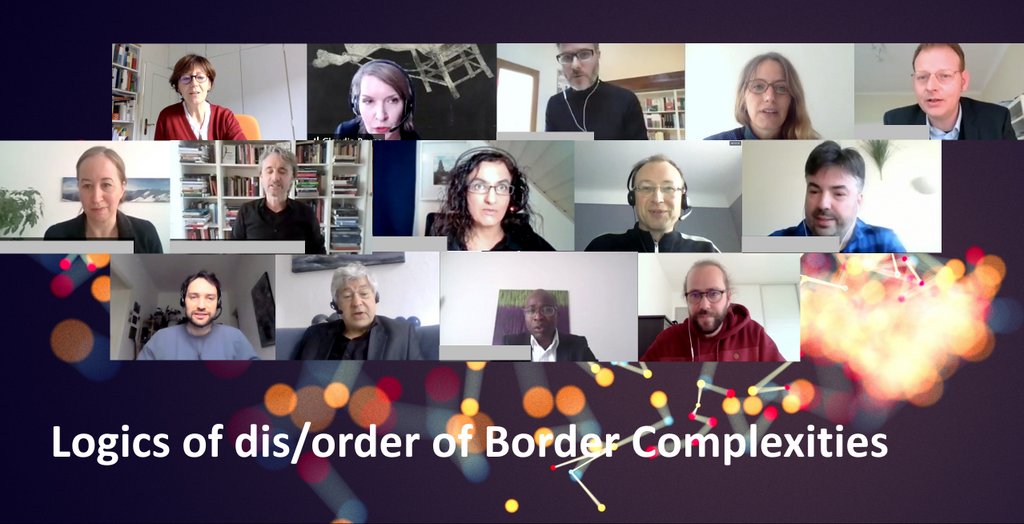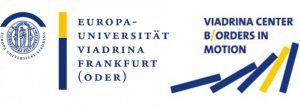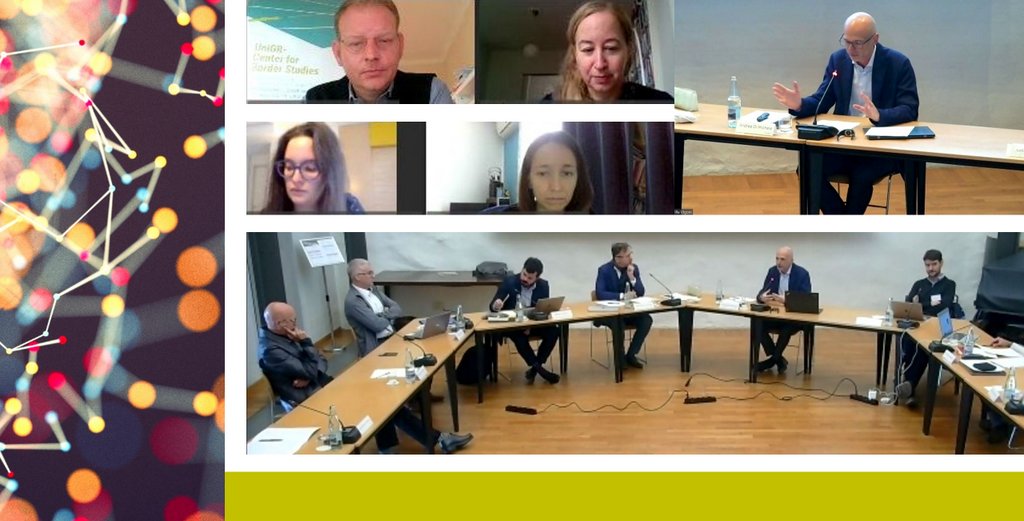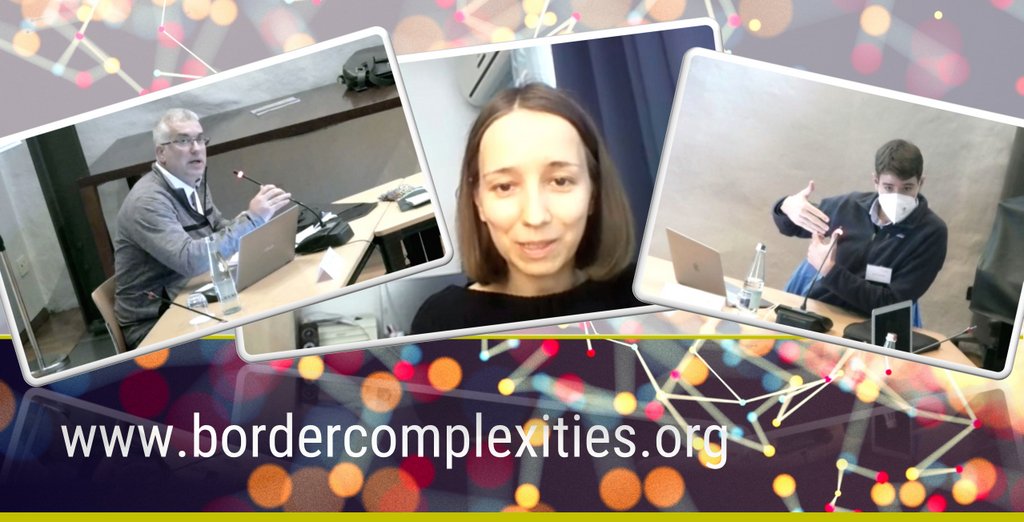Temporalities and change
Workshop, October 2 & 3, 2021
Organised by the School for Advanced Studies in the Social Sciences, Paris
Workshop location: Villa Vigoni, German-Italian Centre for European Excellence, Menaggio, Italy
The fourth workshop explicitly deals with the historical conditionality and historical growth of Border Complexities and thus intends giving the project a special historical depth.
Border research is currently based on a rough chronological grid that can be briefly described as follows: In the Middle Ages and early modern period, porous, scarcely marked borders dominate, which often more resemble fringes rather than lines. In the 18th century, also fueled by new methods of demarcation and border marking (surveying, cartography), the emergence of linear, clearly marked and materialized borders began, which in the 19th and 20th centuries were to become a signum of the nation states.
A far-reaching dismantling of borders, at least in material terms, currently follows this peak time of borders, at least in the Western world. That this chronology has shortcomings becomes clear when looking at the global West, where borders are now gaining new importance.
The objective of this workshop is to combine historical investigations of Border Complexities with contemporary perspectives and to find a common level of reflection. The discussions will be split up into two parts: Initially, four historical contributions will present examples of the historical transformation of different border practices. In the second part, however, traces of history in current border situations and how to deal with them will be discussed.
Download programme
References
Christophe Duhamelle (2018): La frontière au village. Une identité catholique allemande au temps des Lumières. Paris.
Andreas Rutz (2018): Die Beschreibung des Raums. Territoriale Grenzziehungen im Heiligen Römischen Reich. Köln, Weimar, Wien, Böhlau.
